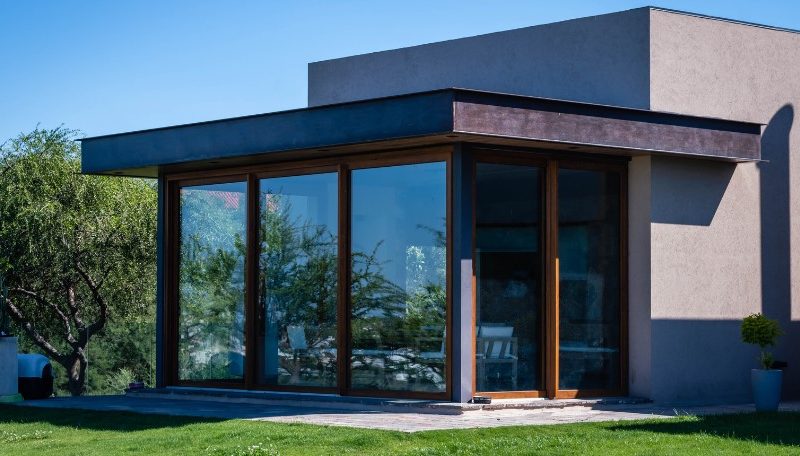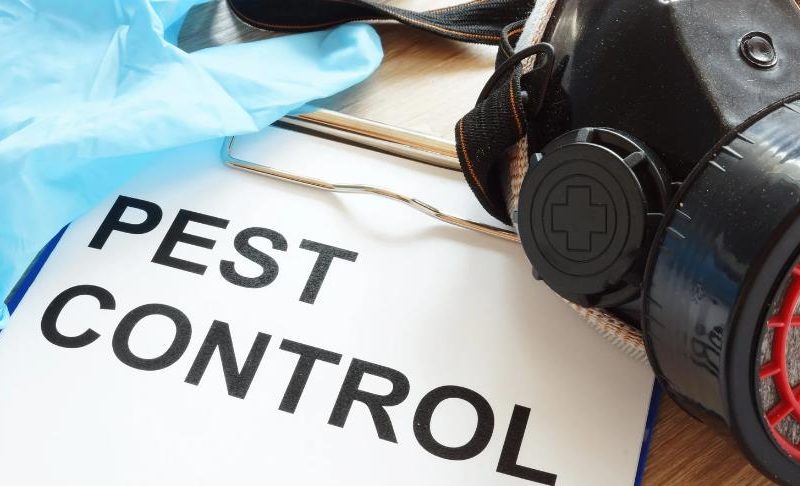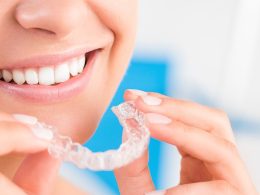No matter your energy regulations or personal needs, there is no shortage of window choices for your home. From frame materials to glazing choices, it can be daunting trying to sort through them all.
Top-grade architectural windows allow for unfettered design freedom without compromising style while providing modern technology to increase energy efficiency, such as double-insulated low-E glass.
The Best Types of Home Windows for Every Climate
Hot Climates
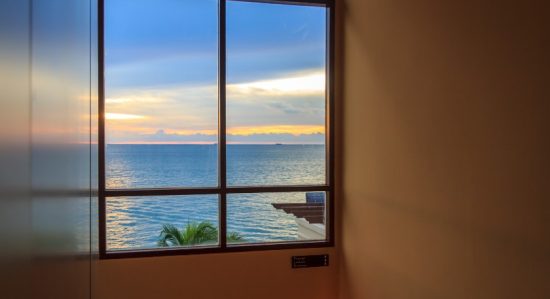
Like shoes are designed for specific environments – flip flops for the beach and boots for colder climates – windows should also be chosen based on climate considerations to best protect homes in different regions. Being aware of which window types would best protect your home could save money on energy costs while keeping it cooler all summer.
To stay cool in Southern climates, homeowners should choose low Solar Heat Gain Coefficient (SHGC) windows. Spectrally selective coatings also help regulate how much sunlight passes through windows; this way, you can limit how much UV radiation enters your home, which helps lower cooling costs overall.
Insulated window frames can help keep your home cooler by limiting air leakage. Fibreglass frames are the optimal choice in such conditions, as they expand and contract less during temperature shifts compared to other materials; additionally, their insulation blocks an incredible amount of thermal transfer, which is critical in hot climates.
Cold Climates
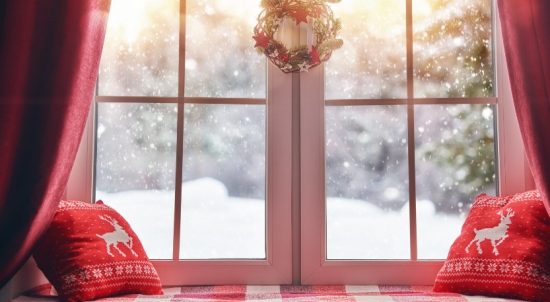
Winter in cold climate homes requires windows that effectively seal off their homes and retain heat to avoid high energy bills. Double or triple-pane windows with insulated frames are recommended as an effective window choice in such climates.
Frames are one of the main areas where heat escapes, so they must be made of non-conductive material such as wood, composite, or vinyl to stop cold air from escaping rapidly and avoid aluminum frames, which conduct electricity and allow cold air to escape the home easily.
Window sash and sill sealing are vitally important to reducing drafts that can dramatically decrease performance, as drafts can significantly lessen energy loss. Weatherstripping provides a tight seal around windows, while window insulating panels – clear plastic films adhered to the interior side of glass windows to form an insulating pocket – can help create an energy-saving pocket against drafts and energy loss.
Insulating panels are relatively affordable, easy-to-install solutions which offer significant reductions in drafts and energy loss; window experts often suggest casement or sliding windows which open outward using crank mechanisms, as these have multiple points of contact to help stop air leakage from seeping through gaps.
Wet Climates
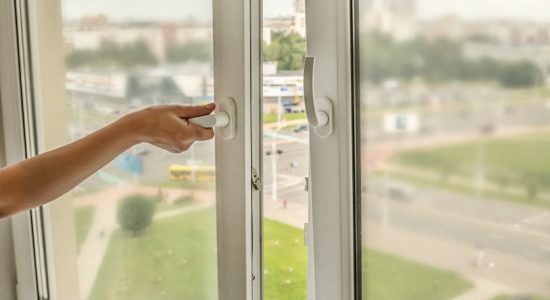
Vinyl frames provide excellent insulation against moisture and rot, while their waterproof surfaces impede mould, fungus and insect growth. With so many colours to choose from, you’re sure to find one that perfectly complements your home’s style! When selecting window glass in wet climates, Marvin’s Advanced Comfort Low-E Insulating Glass with Argon may simultaneously offer these two key benefits.
Homeowners in humid climates should consider casement windows, which open with the turn of a crank to provide ventilation while keeping rain and snow at bay. While casements are commonly used in bathrooms, they’re an excellent addition to any room in your house and often pair nicely with the best interior design, from awning windows to creating eye-catching symmetry, particularly in Colonial and Cape Cod homes. Furthermore, casements offer more draft resistance than double-hung options and provide greater insulation during windy conditions.
Dry Climates
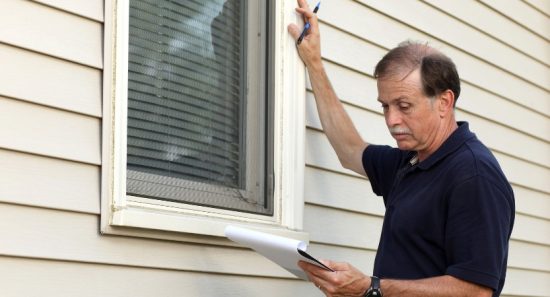
Custom windows and doors manufacturing can help you create the perfect windows for your home in any climate, including dry climates.
An extremely dry climate can be particularly harsh on windows. Clad wood provides an exterior coating that resists moisture damage from snow, rain and other extreme weather conditions; in addition, it protects against mildew, rust and other environmental problems.
Low-e window coatings should be utilized in such climates to reflect radiant energy and prevent heat gain that would increase air conditioning costs and strain your HVAC system. Low-E coatings are made up of microscopically thin metal oxide films, which transmit natural light but reduce heat transmission – helping you save on energy costs.
Another smart investment for dry climates would be double-pane windows fitted with spacers filled with inert gases such as argon or krypton; these inert gases are denser than air, helping slow thermal energy transfer more effectively. Also consider casement windows which can be opened left or right for increased ventilation and airflow.




